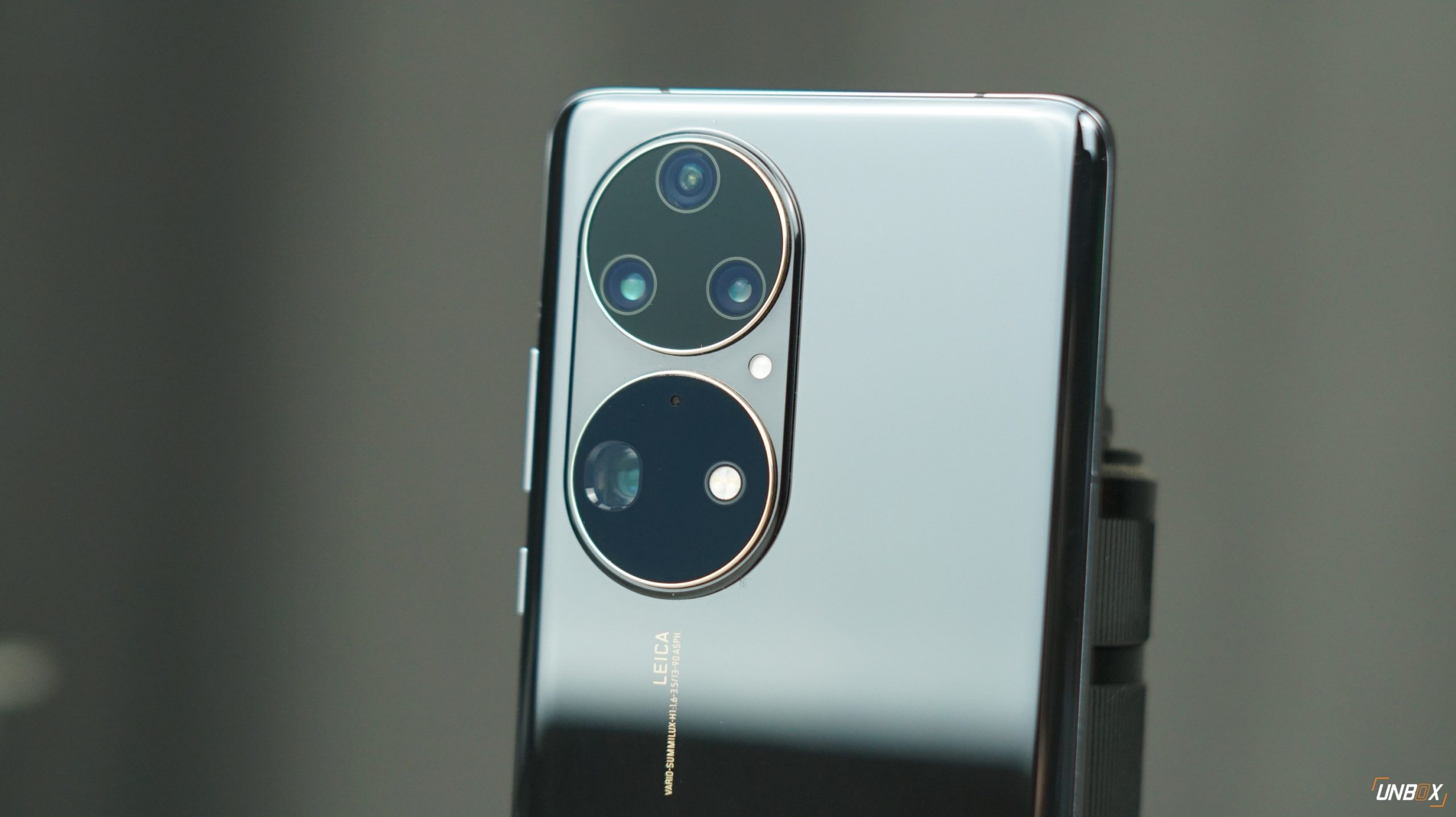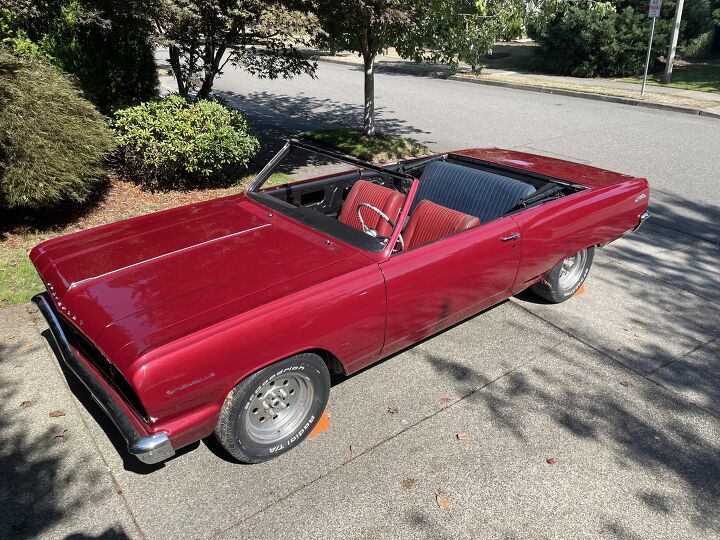
Nissan Philippines has finally confirmed the launch of its e-POWER Kicks vehicle in the Philippines. To celebrate this whole affair, they invited a select group to get a first try driving these cars at the acclaimed Clark International Speedway (CIS) track. Home to some of the most historic races in our country’s history, the goal was to test out the e-POWER technology as well as get an overall feel of the car’s potential.
The Workings Of e-POWER
We feel that this point must first be explained before proceeding. The Nissan e-POWER system is a unique one that meshes together the best characteristics of ICE vehicles and hybrids. It is mostly run by an electric motor with the sole exclusive job of propelling the car forward, making it more of an EV rather than a hybrid.
However, unlike an EV, it doesn’t come with the capability to be plugged into the outlet. It runs purely on regular petrol you can get at any station anywhere, regardless of octane rating. This in turn is burned by the generator, moving energy to the inverter and topping the battery up. This greatly helps suppress engine noise, fuel efficiency, and eliminates range anxiety often associated with battery-powered vehicles. Read more here for a detailed breakdown of e-POWER.
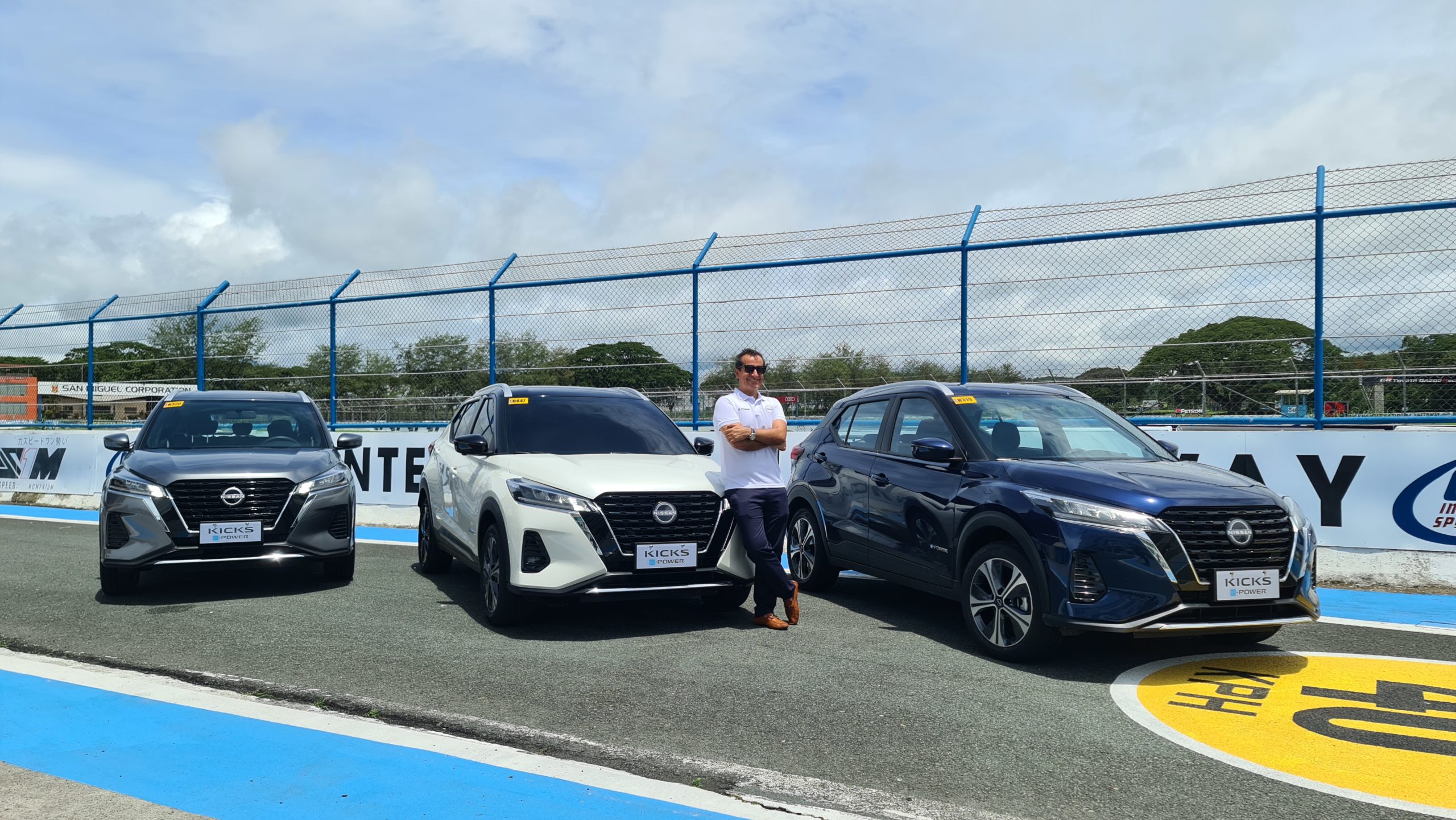
Nissan Philippines President Juan Manuel Hoyos smiles with today’s stars.
The 2022 Nissan Kicks, In The Flesh, Here In the Philippines
We walked up to the all-new Nissan Kicks to give it a quick look. From the outside, its exterior does seem reminiscent of other Nissans in the past. It has a sleek design that is fit for the 21st century. Its muted-down but still-present aggression veers away from the misconception that electric-powered cars have to be tame and round.

At the rear is a light bar that seems to be the trend for vehicles moving forward. It exudes a futuristic vibe that would likely be awesome to look at during the nighttime. What you see peeking out from the bottom is an exhaust tailpipe, reminding you that this still somehow runs on gasoline.
What you get on the inside is a functional interior. Everything is where it’s supposed to be, and there are no hints of this being an e-POWER save for the “Energy” readings on the dashboard and the EV button near the gear selector. Nissan supplies users with ample USB ports to keep all the passengers topped up. Different variants were showcased during this track day and the changes were most evident in the seat material (leather vs. fabric) and the technology of the head unit (basic vs. touchscreen).
To add a bit of luxury, the brand has gone the extra mile to ensure that touchpoints are well-appointed with soft materials.
Under the hood, the electric motor can be seen with the NISSAN e-POWER logos on top. It produces an advertised 136PS of power and 280Nm of torque. The breakdown of the parts can be seen in the photo above. According to the team behind the car, intelligent changes have been made to smoothen out power delivery, make the ride quieter, but still feel peppy off the line. Do they deliver on these production goals?
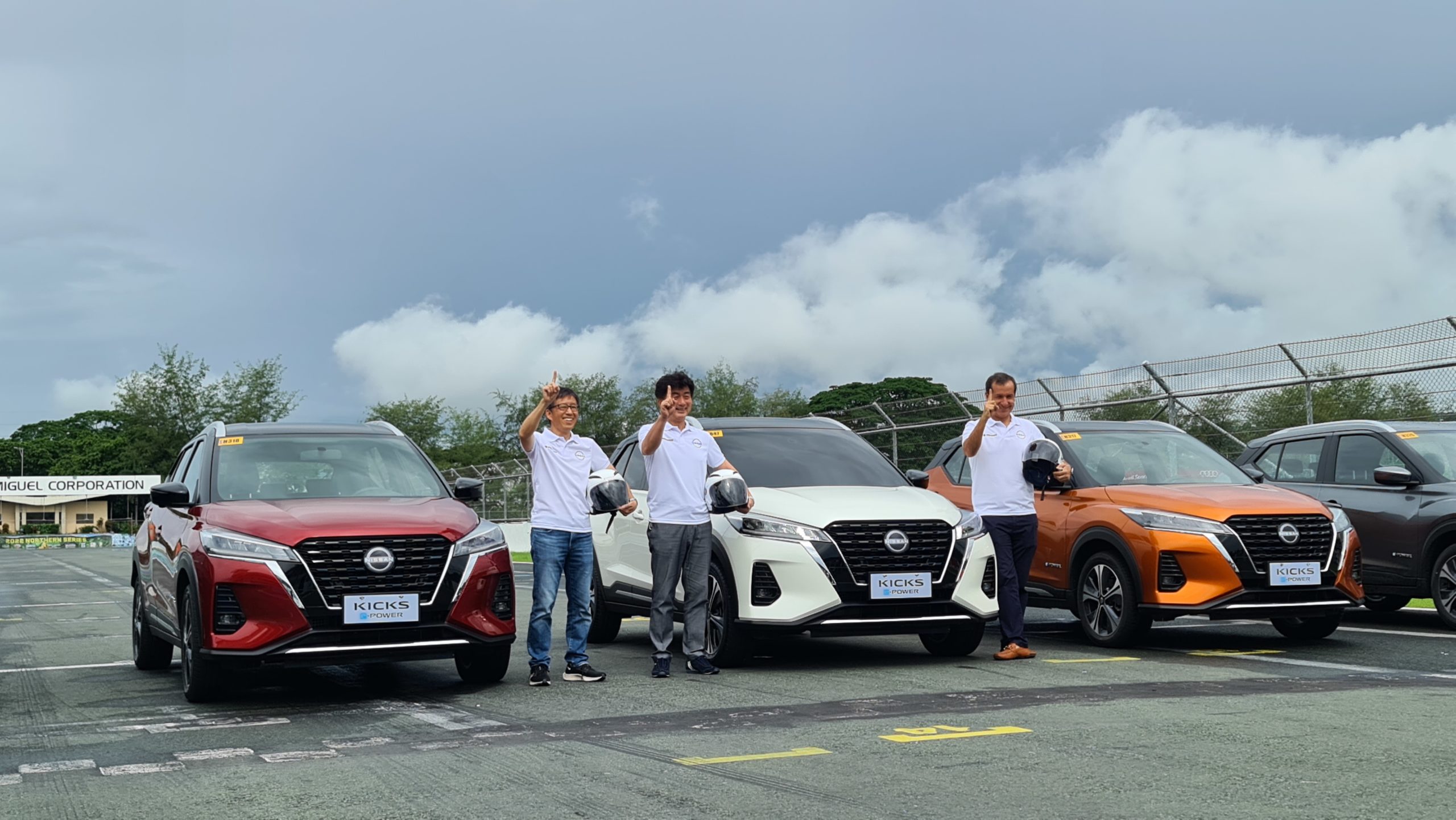
Left to Right: Nissan Strategy Director Akihiro Shibuya, Chief Powertrain Engineer Naoki Nakada, NMPI President Juan Manuel Hoyos
The Track Experience
It was finally time to suit up and head to the Clark International Speedway, which Nissan had graciously prepared for the day.
A safety briefing was first conducted by sir Ramirez, a veteran behind the wheel, to reduce the chances of accidents and support track first-timers within our group. Then the Nissan executives drove out on a maiden lap to officially begin the track day.
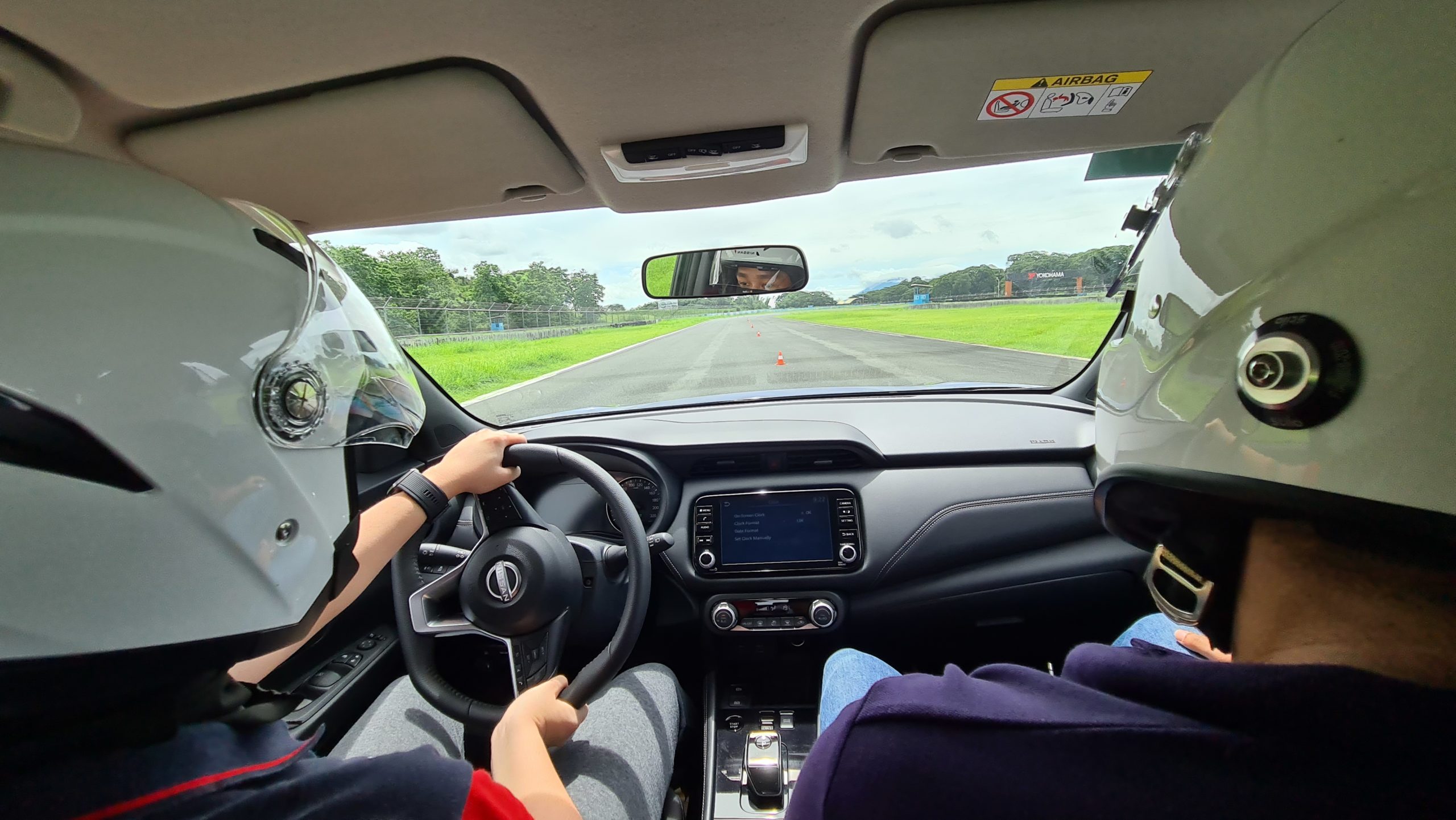
With a seasoned race instructor by my side, I was able to gain a feel of the capabilities of the Nissan Kicks on this circuit in the Philippines. It was admittedly very counterintuitive at first. Being told not to brake in places where we normally would is against the race theory embedded in our minds and bodies.
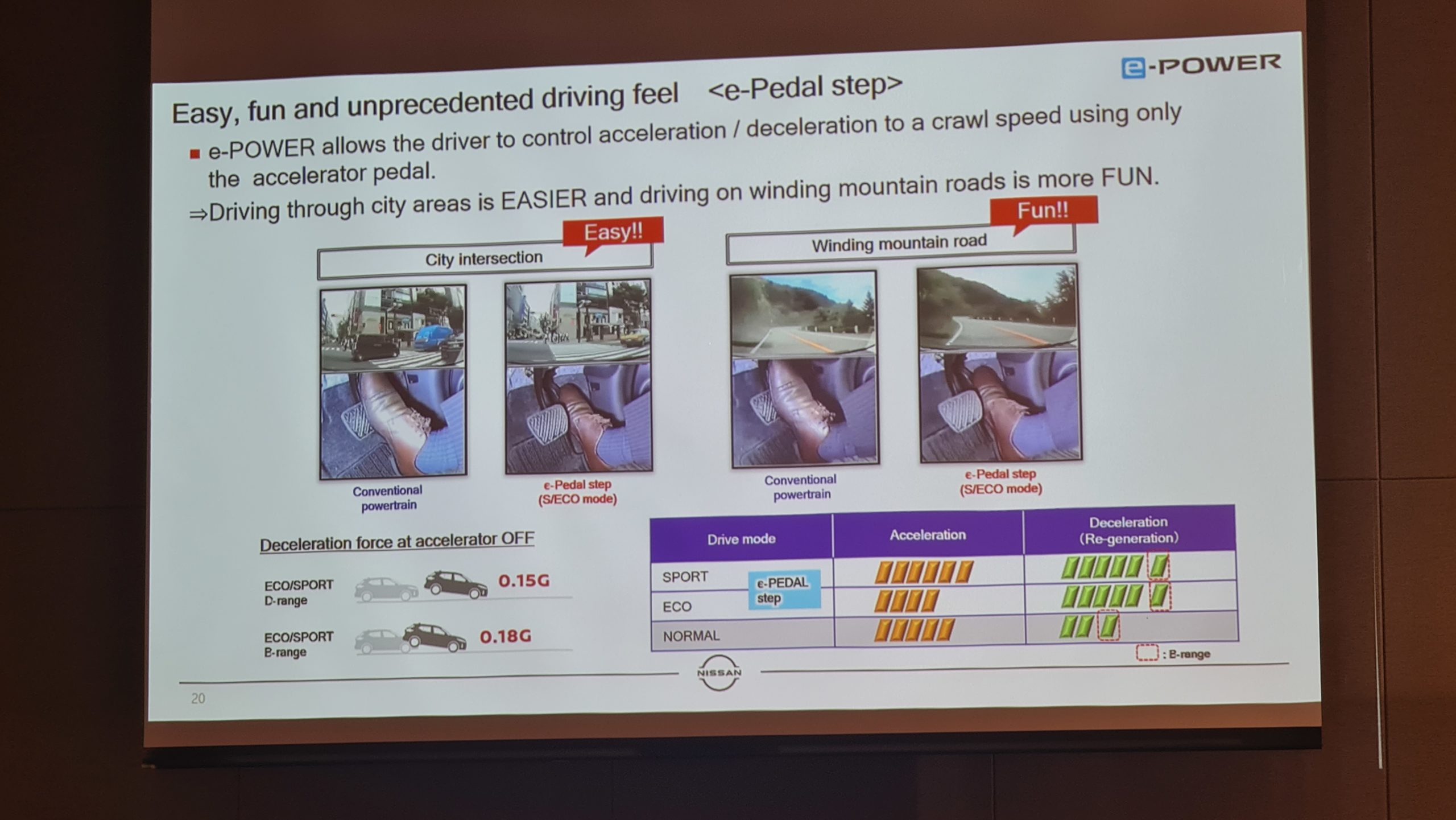
Letting off the gas showcased the n-POWER’s e-Pedal Step technology. Sufficient speed is reduced just by removing your foot from the throttle, allowing the vehicle to recoup energy through regenerative braking. Going off feel alone, it would be equivalent to 30-40% brake modulation on a normal vehicle with no such feature installed. It was strongest in the vehicle’s ECO and SPORT modes, while coasting was less restricted in NORMAL.
After getting used to it, going through the track was easy as pie. Being supported by an “auto-brake” feature allowed me to focus on other things such as vehicle dynamics. Moving through the slaloms at a fairly brisk pace revealed the crossover’s nimble side, willing to comply with sudden changes in direction. Steering was expectedly light but that’s a positive thing in most scenarios. I was having great fun in the car – so when the opportunity arose to go for another round, I immediately took it.
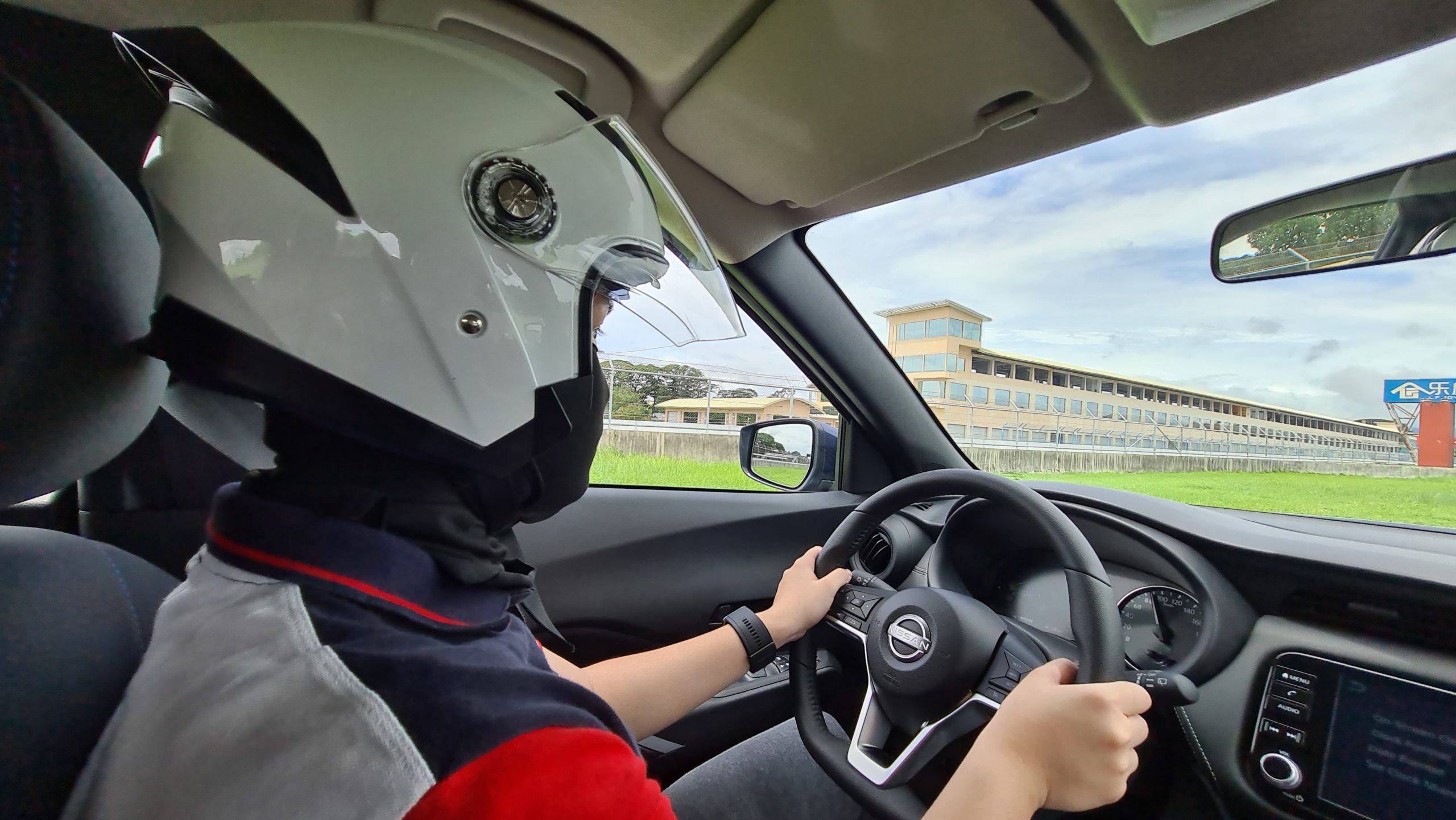
This time around, I pushed the vehicle more aggressively than before. I tested acceleration under load as well, which was sufficient for a car in this category. With the go-signal from my co-driver, I was able to take a line similar to my usual driving at this track. I made sure to actually brake this time and clip all the apexes with the car showing no hints of understeer. It was by no means a hot lap, but it did show me that the Nissan Kicks can take a fair bit of spirited driving and would be a fun daily driver on the right roads.
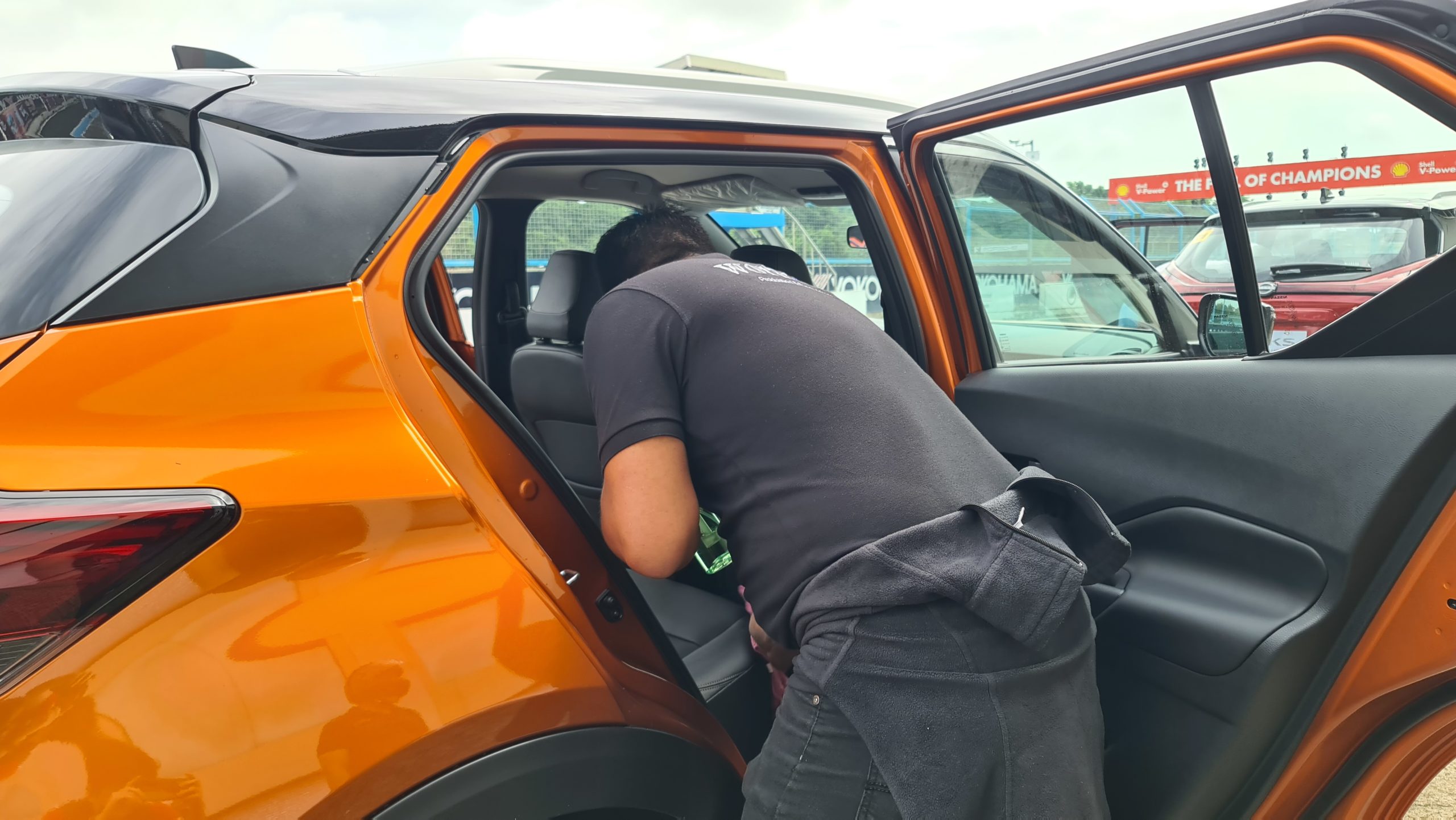
As I exited the car for it to be disinfected, I knew I had a grin on my face.
Overall, the 2022 Nissan Kicks e-POWER provides an excellent bridge to EVs in the Philippines. It does away with a lot of the issues with the EV platform while remaining a fun and desirable vehicle.

Considering Naoki Nakada who is famous for designing the VR38DETT engine in the R35 GT-R, also worked on this car, it comes as no surprise.
We’ll release a more comprehensive review upon its official launch this coming August. Learn more, here.
Comments (0)
Read more interting post about Technology at Autotoday.info

